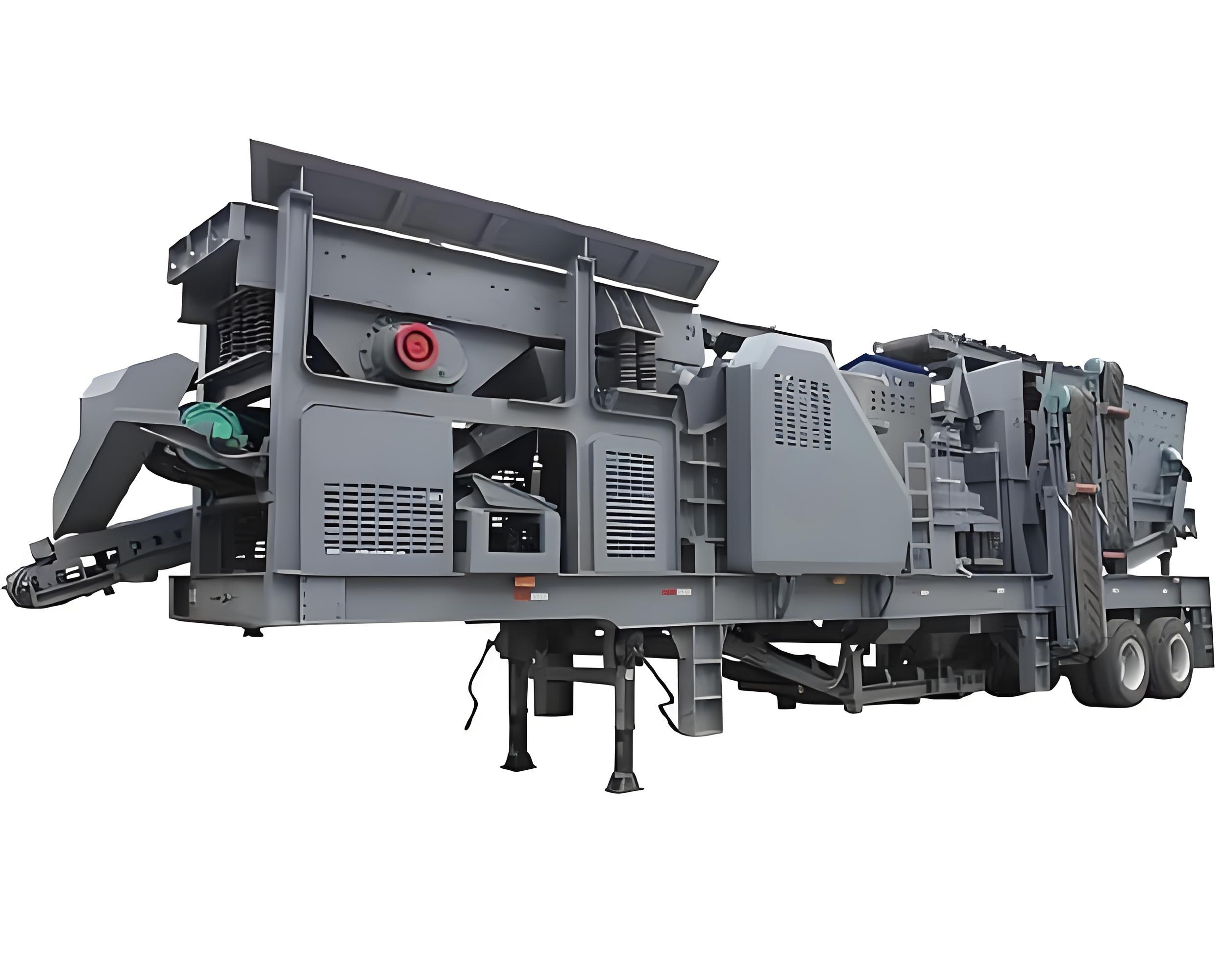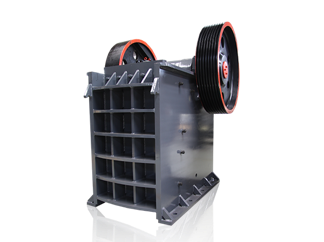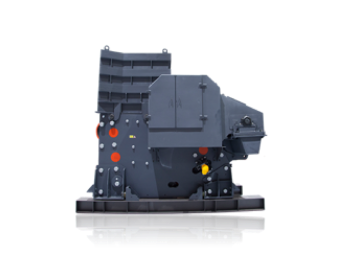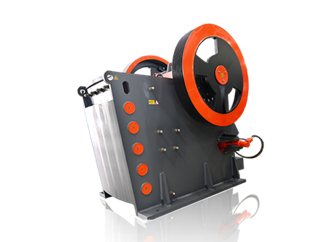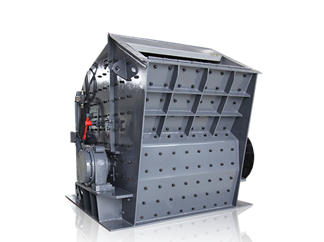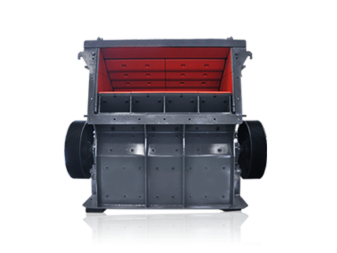The undercarriage of a tracked crusher is similar to that of an excavator, offering powerful climbing and obstacle-crossing capabilities. It can self-move in constrained environments such as mountains, scrapyards, or demolition sites without external towing, significantly boosting work efficiency. Its modular configuration allows flexible combinations of crushing units, screening, iron removal, and return systems—supporting customized crushing workflows.
In real-world applications, tracked crushers are extensively used in construction waste recycling projects. They can process materials like concrete, bricks, and reinforced concrete into recycled aggregates through a single crushing and screening cycle—achieving green, circular economy benefits. Compared with conventional methods, it reduces transportation costs and enhances on-site material utilization.
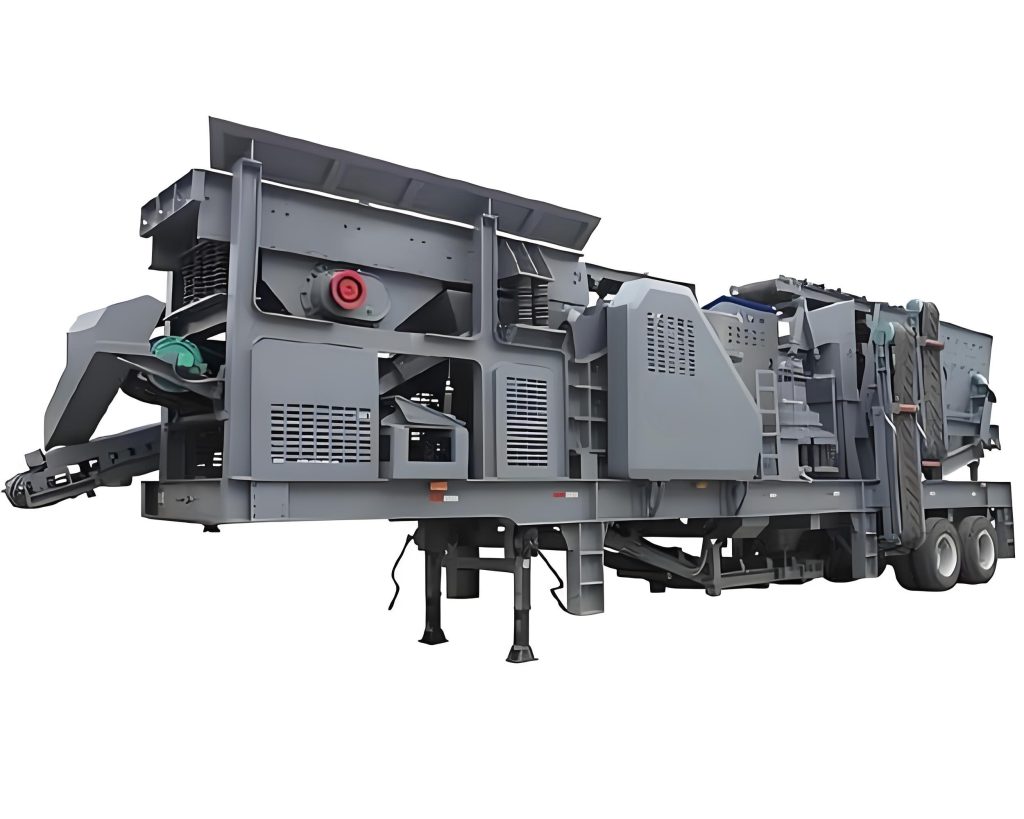
In mining operations, tracked crushers perform exceptionally well. They can follow the mining face, reduce raw material haul distances and energy use, and maintain continuous operation. Some premium models support dual power—diesel and electric—suitable for power-scarce regions and tough environments.
In terms of safety, the machine features multiple active and passive protection mechanisms, including limit alarms, emergency stops, and overload protection—ensuring stable operation under high-load conditions. The control platform follows ergonomic principles and includes HD monitoring systems to improve visibility and operation convenience. In summary, with its robust performance and full-scene adaptability, the tracked mobile crushing plant is a key asset for mining, construction, and municipal sectors—facilitating rapid deployment and cost-effective operations. It supports the future direction of green, intelligent, and high-efficiency engineering development.

